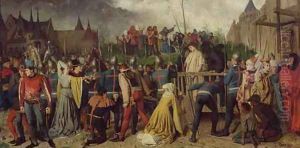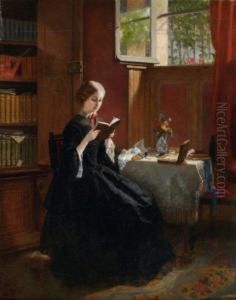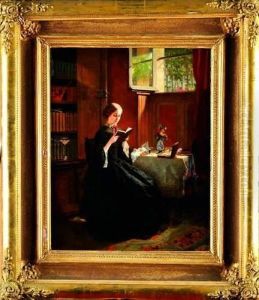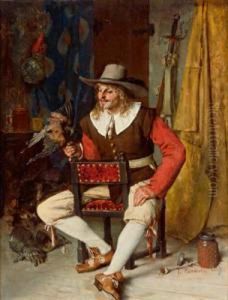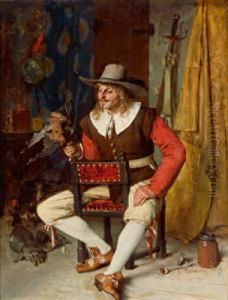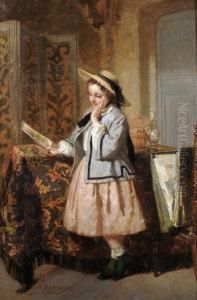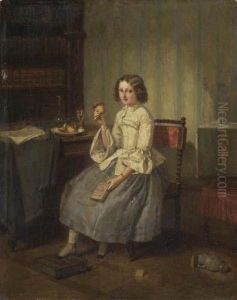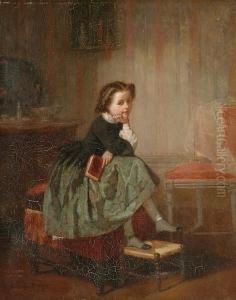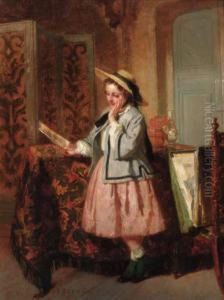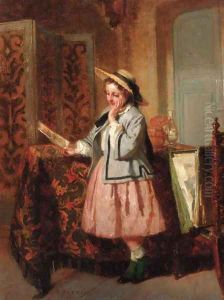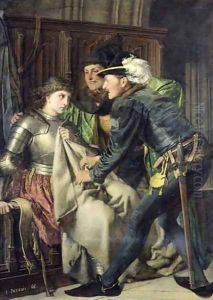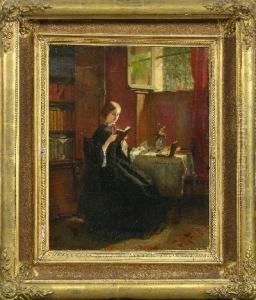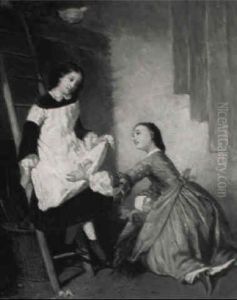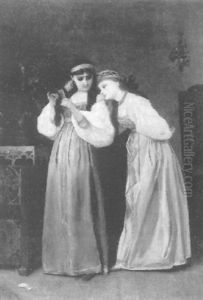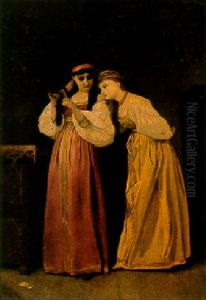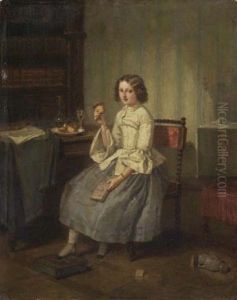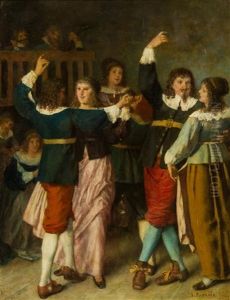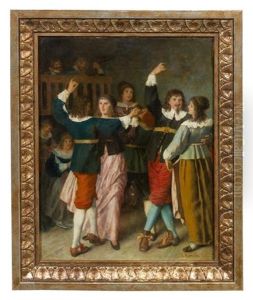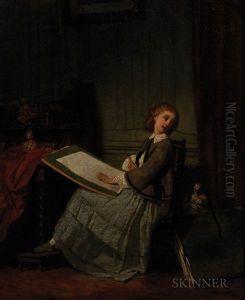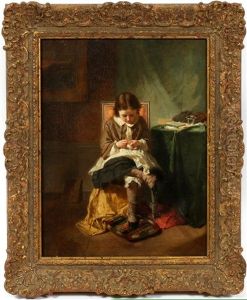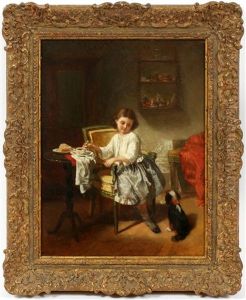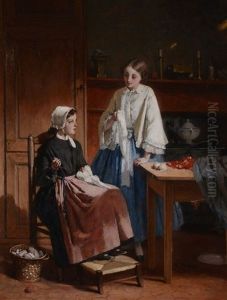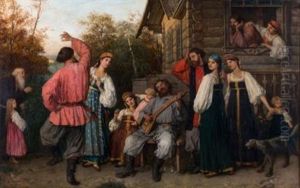Isidore Patrois Paintings
Isidore Patrois was a notable French sculptor, born in 1815 and passing away in 1884. His life and career were defined by his commitment to the neoclassical tradition, which was prevalent in the arts during the 19th century. Patrois's work is characterized by its adherence to classical forms and themes, drawing inspiration from ancient Greek and Roman art. He was adept at capturing the grace and idealism that marked the neoclassical movement, distinguishing himself in a period crowded with talent.
Patrois's education in the arts was comprehensive. He studied at the prestigious École des Beaux-Arts in Paris, which was the incubator for many of the era's most significant artists. It was here that he honed his skills under the tutelage of esteemed instructors, immersing himself in both the theoretical and practical aspects of sculpture. His dedication and talent did not go unnoticed, as he garnered several awards and recognitions early in his career, setting the stage for his later achievements.
Throughout his career, Isidore Patrois participated in various exhibitions, most notably the Paris Salon, where he exhibited his works alongside his contemporaries. This platform was crucial for gaining visibility and establishing his reputation in the competitive art world of the 19th century. His sculptures, often inspired by mythological and historical subjects, resonated with audiences and critics alike, earning him a place among the celebrated sculptors of his time.
Despite his success, Patrois's work, like that of many neoclassical artists, gradually fell out of favor as the tides of artistic preference shifted towards modernism towards the end of the 19th and beginning of the 20th centuries. Nevertheless, his contributions to French sculpture and the neoclassical movement remain significant. Today, his works can be found in museums and collections in France and beyond, serving as enduring examples of neoclassical artistry.
Isidore Patrois's legacy is that of a skilled sculptor who was deeply influenced by the classical past. His dedication to capturing beauty and idealism through sculpture leaves an indelible mark on the history of art, reminding us of the enduring appeal of neoclassical principles and the talent required to give them form.
